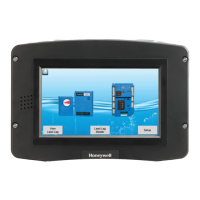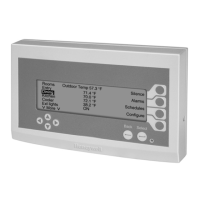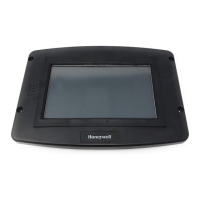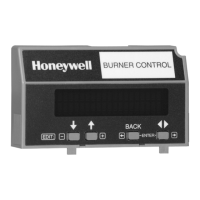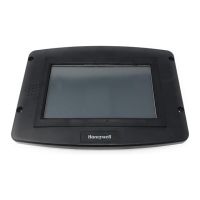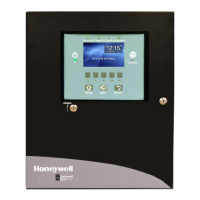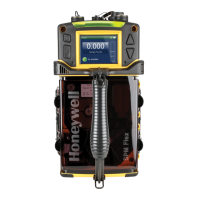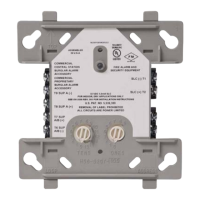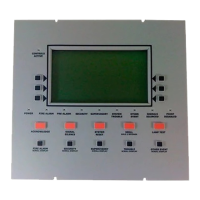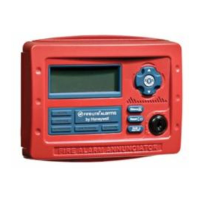SPM Single Point Monitor
SPM Technical Handbook
2-3
2.3 Connecting Sample and Exhaust
Lines
Note:
Honeywell Analytics supplies FEP grade Teon
®
tubing with all new instruments. This tubing is
manufactured to our own strict specications,
and has been purged of all by-products of the
manufacturing process. On occasion, users have
supplied their own tubing. Should you choose to
use your own tubing, be advised that some brands
of FEP tubing off gas small amounts of HF, which
can be detected on startup by MDA Scientic
instruments congured for detecting mineral
acids gases (HBr, HCl, HF, NF
3
). Before enabling
building alarm systems, make certain that 1) you
have installed the correct Chemcassette
®
, and 2)
your instrument reads zero.
Warning
Line lengths are limited for some target gases. See
Section 4.10 for more information.
Warning
Use only 1/8” I.D. x 1/4” O.D. FEP Teon for
sample lines, P/N 102599. Other, non-FEP Teon
sample line may absorb the target gases, causing
incorrect concentrations readings.
2.3.1 Sample Line
Warning
On older units without sample tting retainer
ring, a second wrench must be used to hold the
base of tting stationary during loosening and
tightening.
Insert the sample tubing into the sample inlet fitting (15).
To insert tubing:
1. Loosen the sample fitting by turning the fitting
counterclockwise.
2. Insert tubing until the tubing is firmly seated
against the fitting body.
3. Tighten the fitting by turning the fitting clockwise
until finger-tight.
4. Complete the assembly by tightening the fitting
3/4 turn (clockwise) with a wrench. Turn the fitting
clockwise until the fitting holds the tubing firmly.
DO NOT OVERTIGHTEN.
5. Plug the end of sample line. A fault #17 will be
generated, indicating that there are no leaks
between the sampling point and SPM.
If you have an instrument with the extended sample
option (100 ft; 30m), refer to Section 5.7.2.
2.3.2 Particulate Filter
For monitoring under particularly dirty or dusty conditions,
with particle size above 0.1 micron, particulate filters
(P/N 780248) may be installed on sample lines for
certain gases. Some gases cannot accommodate the
standard particulate filters since absorption may occur.
See Section 4.11 for more information.
2.3.3 Acid Scrubbing Filters
Acid Scrubbing Filters (P/N 710235) are not to be used
on sample inlet lines with SPM instruments.
